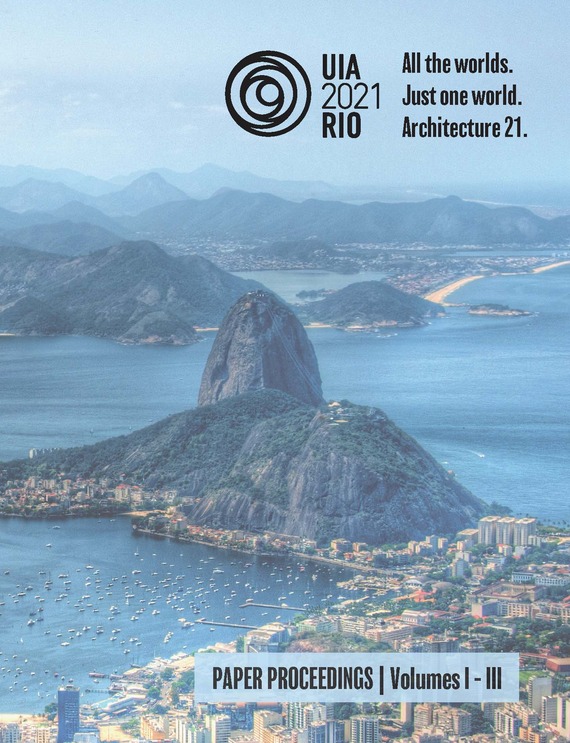Author(s): Arno Suzuki
In South Africa, “township” means habitats for black people, from mainly low-income backgrounds. Until 1994, there was once severe racial segregation called Apartheid in this culturally diverse nation. During that period, the government forced black people into segregated areas such as “homelands” and “townships”, which they had created. Townships are still exclusively for black people, even since the abolition of Apartheid. Most black residents in townships are Christians practicing Westernized lifestyles, while simultaneously upholding African traditions. Townships are racially homogeneous, but they are economically diverse. Residential types include informal settlements, the buildings of which are similar to “Favela” or “Hope Occupation” in Brazil. The residents build shacks by themselves with recycled materials. The neighborhoods are usually clean, and the interior is better furnished than one might expect from the exterior. The municipal government provides the public water supply and toilets, as well as the maintenance of them. The residents buy prepaid electricity and air-time for their mobile phones. There are also government-offered simple houses and various types of collective housing, the rent of which is low or free. People who have a steady income and have eligibility for a mortgage may purchase custom-designed homes. They create middle to upper-class neighborhoods within townships, but they are not gated like the affluent communities in the USA. A complicated sense of community within a township seems to exist within the economic gap.
Volume Editors
ISBN
978-1-944214-31-9

 Study Architecture
Study Architecture  ProPEL
ProPEL 
